Must-Have Persian Ingredients: The Essentials of Persian Cooking
Persian cuisine is a celebration of flavor, aroma, and tradition, and its unique ingredients are what make it so special. From vibrant spices to fragrant herbs, every element is carefully chosen to create the balance and depth that Persian dishes are known for. Whether you’re preparing a comforting stew or a refreshing dessert, these must-have ingredients are the heart of Persian cooking.
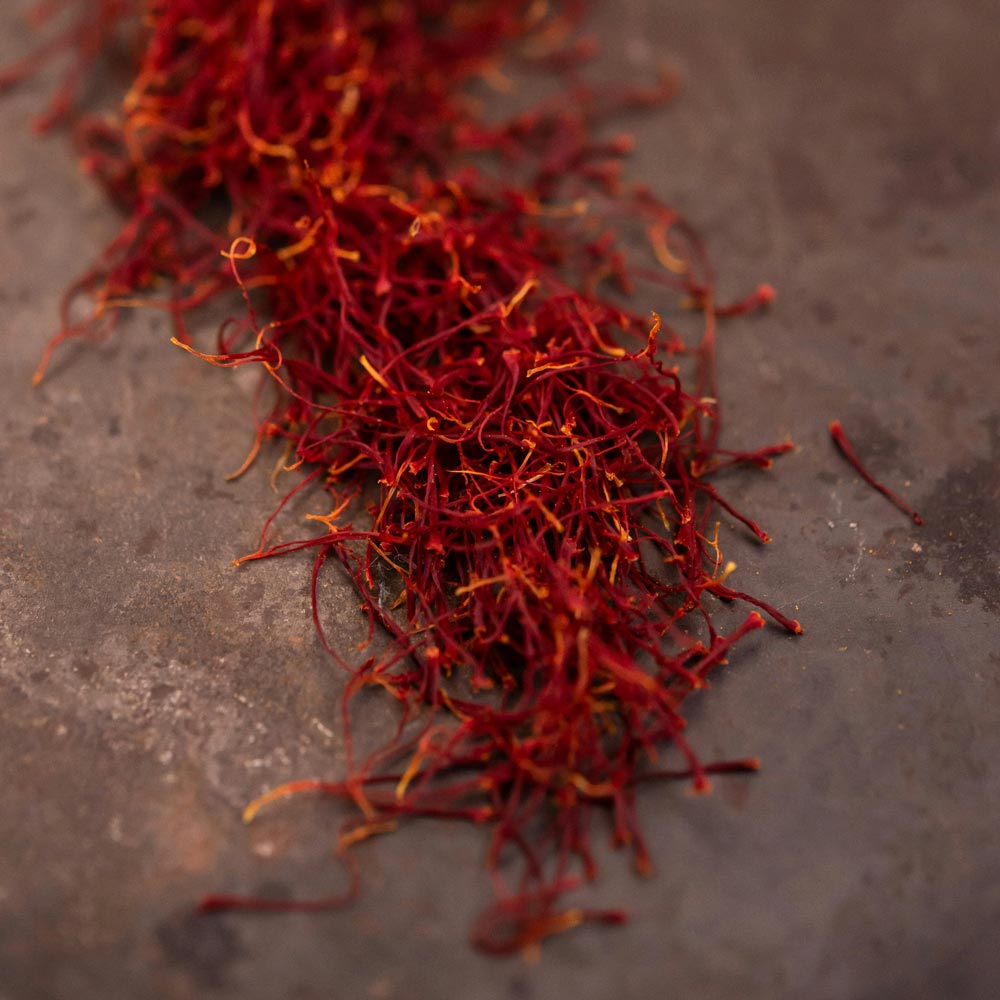
1. Saffron (Zafaran)
Known as the “gold of spices,” saffron is the soul of Persian cuisine. Just a pinch of this vibrant red thread adds a distinct aroma, a deep golden hue, and a luxurious flavor to dishes like sholeh zard (saffron rice pudding) and tahdig (crispy rice). It's often dissolved in hot water to unlock its full essence.
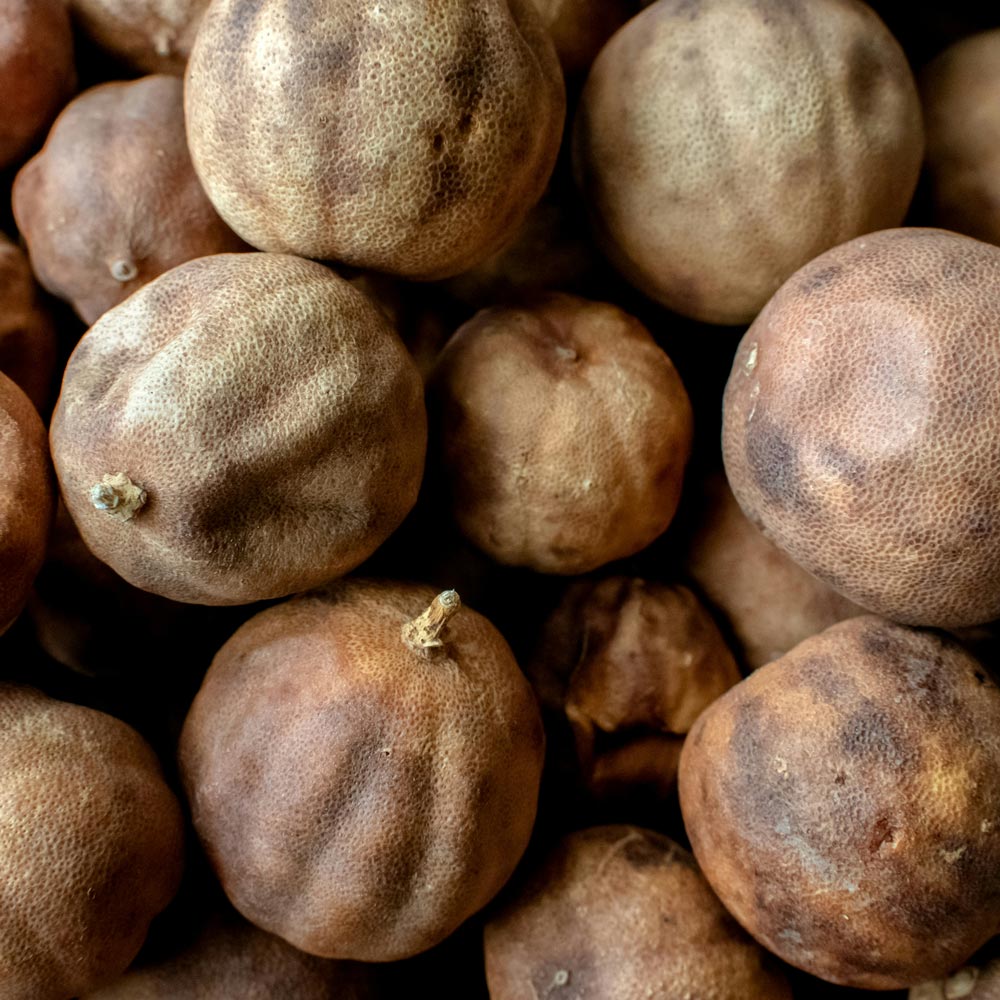
2. Dried Limes (Limoo Amani)
Dried limes are a staple in Persian stews like ghormeh sabzi and khoresh gheymé, lending a tangy, slightly bitter flavor that’s impossible to replicate. They’re either pierced and simmered whole or ground into a fine powder to infuse dishes with their signature zest.
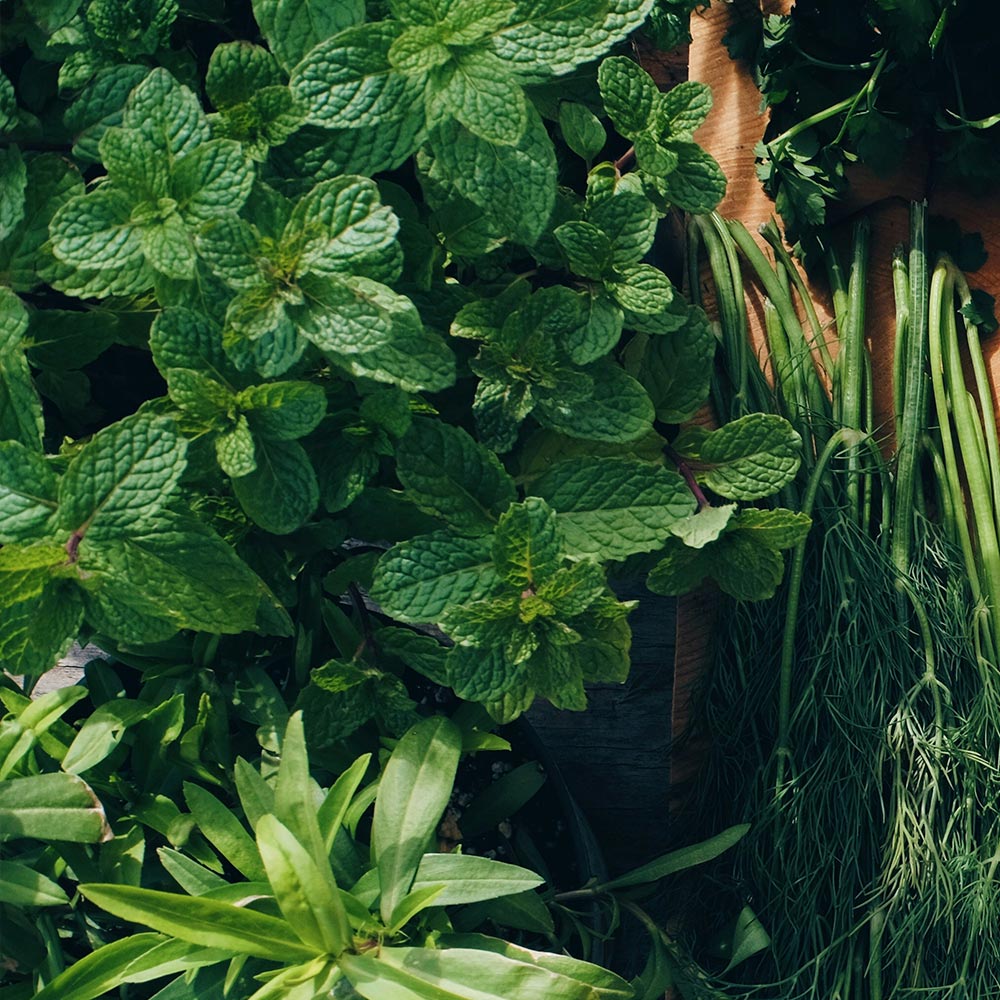
3. Fresh Herbs
Persian cooking relies heavily on fresh herbs such as parsley, mint, dill, cilantro, and fenugreek leaves. These herbs aren’t just garnishes - they form the backbone of many dishes, from sabzi polo (herbed rice) to kuku sabzi (herb frittata). Their vibrant freshness brings life to every bite.
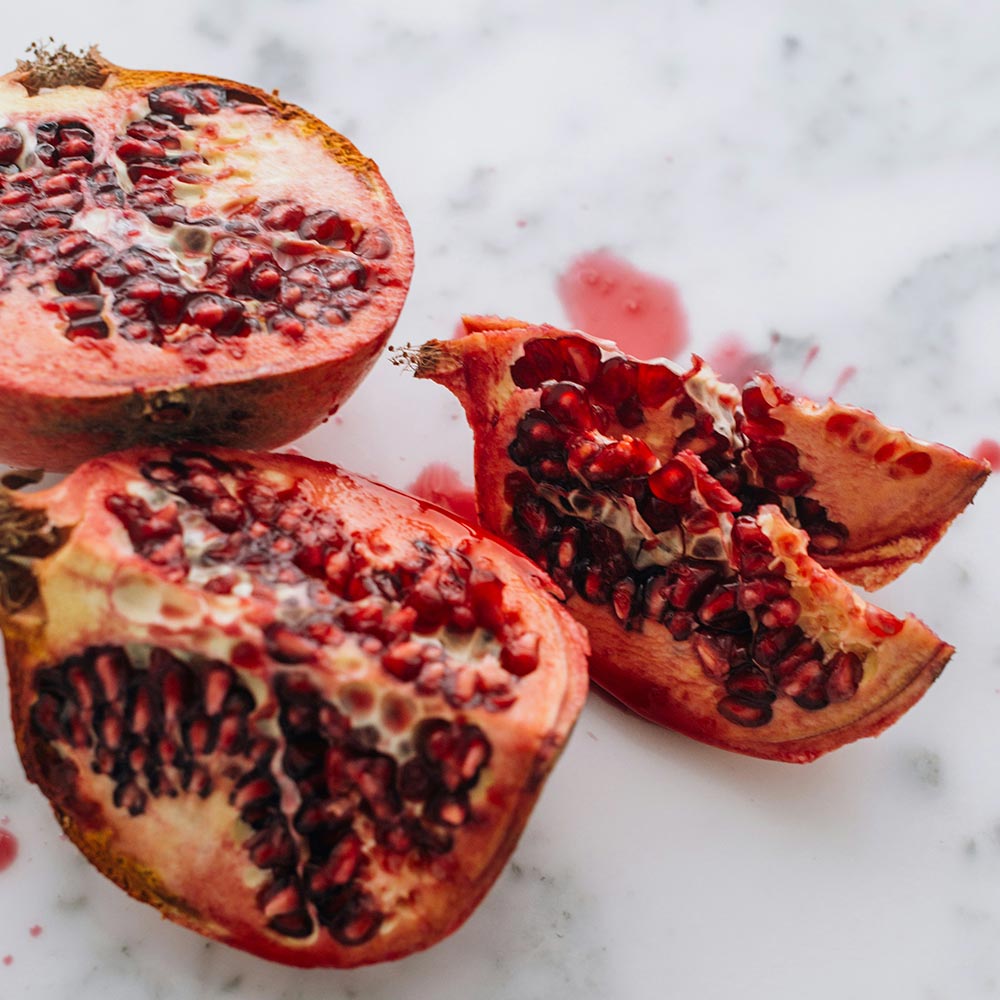
4. Pomegranate Molasses
This thick, tangy-sweet syrup is a key ingredient in dishes like fesenjan (pomegranate and walnut stew). Made from concentrated pomegranate juice, it adds complexity to stews, marinades, and even salads.
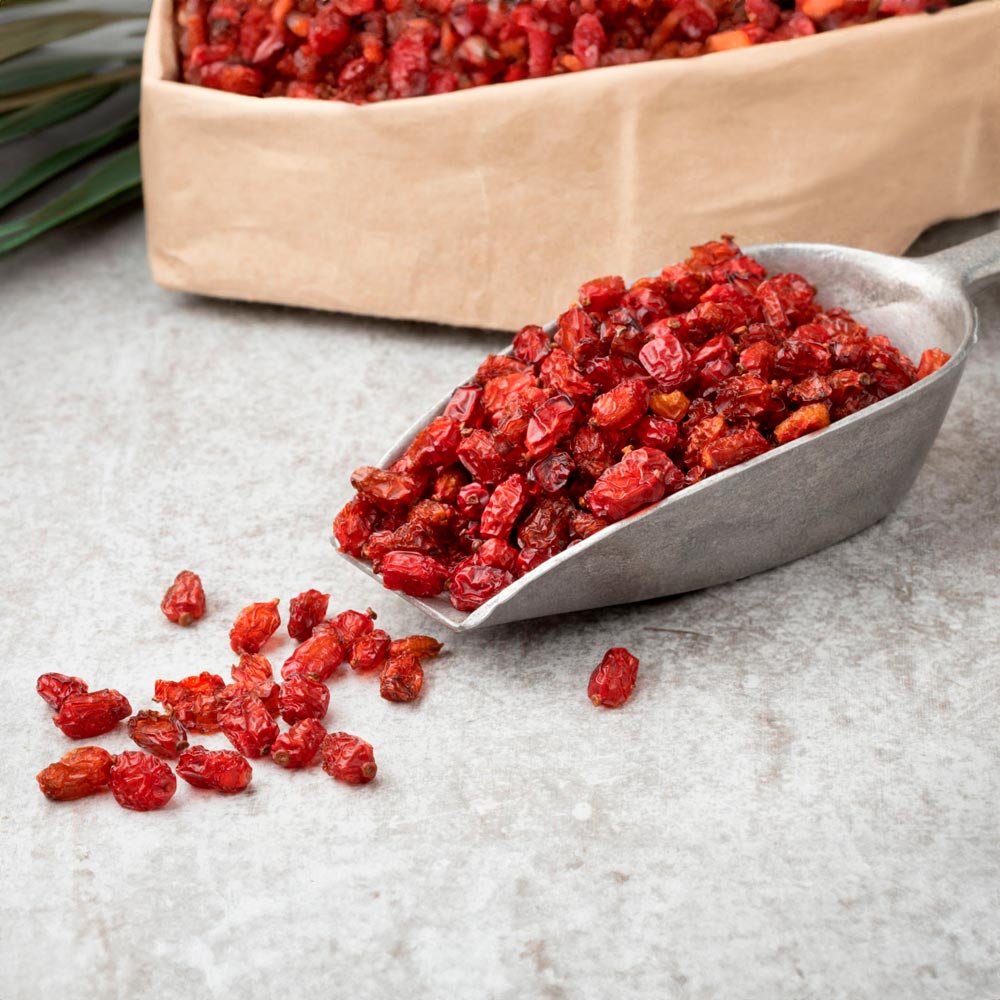
5. Barberries (Zereshk)
Tiny, ruby-red barberries are the perfect balance of tart and sweet, adding bursts of flavor to rice dishes like zereshk polo (barberry rice). These berries are often lightly sautéed in butter and sugar before being sprinkled over the rice.
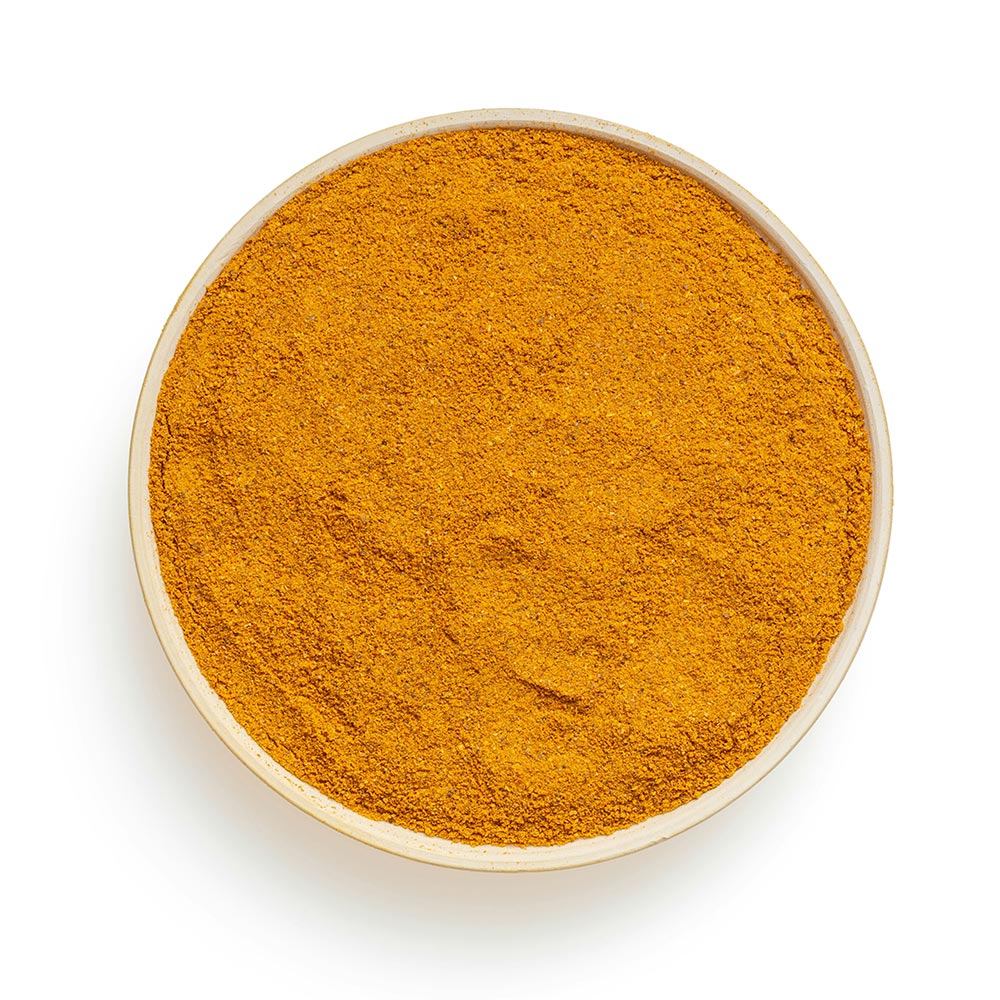
6. Turmeric
Turmeric is the foundation of many Persian dishes, lending its warm, earthy flavor and golden color to stews, soups, and rice. It’s an essential spice for building depth in recipes like khoresh karafs (celery stew).

7. Rosewater
This fragrant water is a hallmark of Persian desserts and drinks, such as sharbat (a refreshing syrup-based drink) or sholeh zard. Just a splash adds a floral sweetness that elevates every bite or sip.
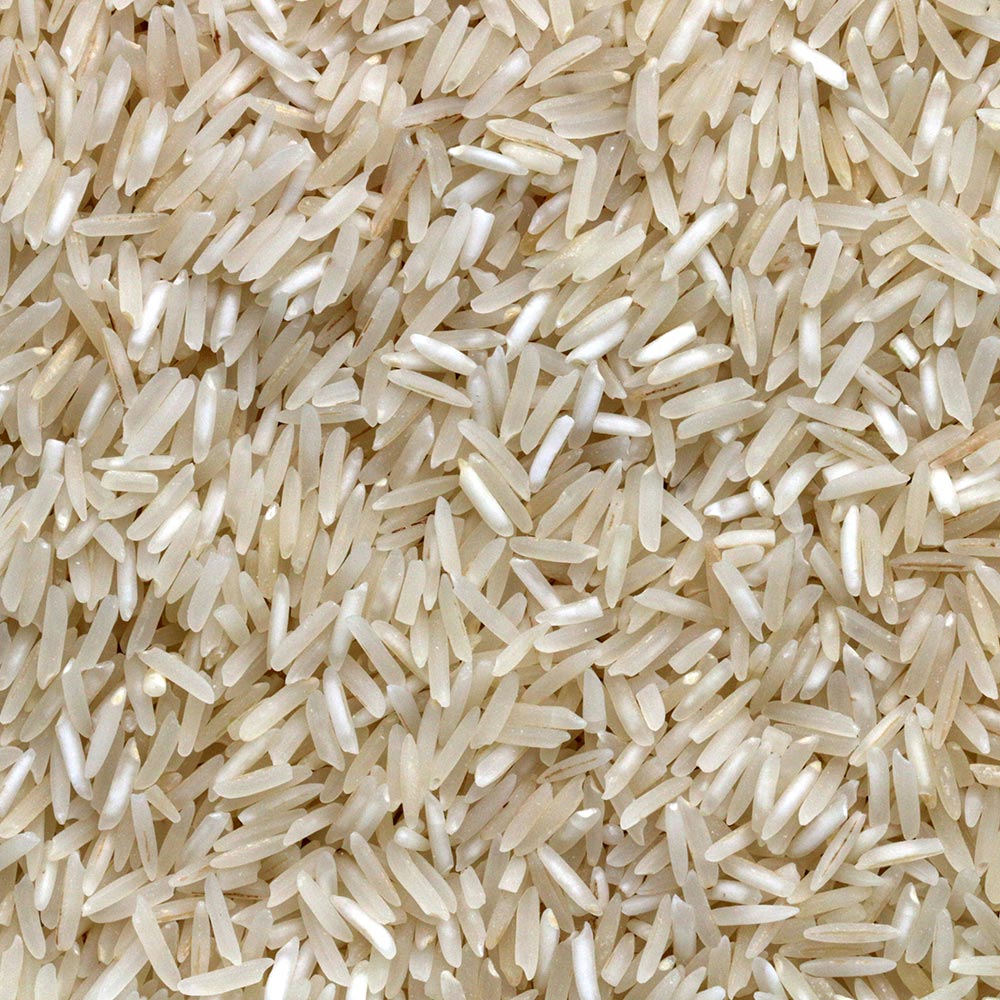
8. Basmati Rice
Long-grain, aromatic basmati rice is the backbone of Persian meals, from chelo (steamed rice) to polo (layered rice). Cooking rice to perfection is an art in Persian cuisine, especially when it comes to creating the golden crust of tahdig.
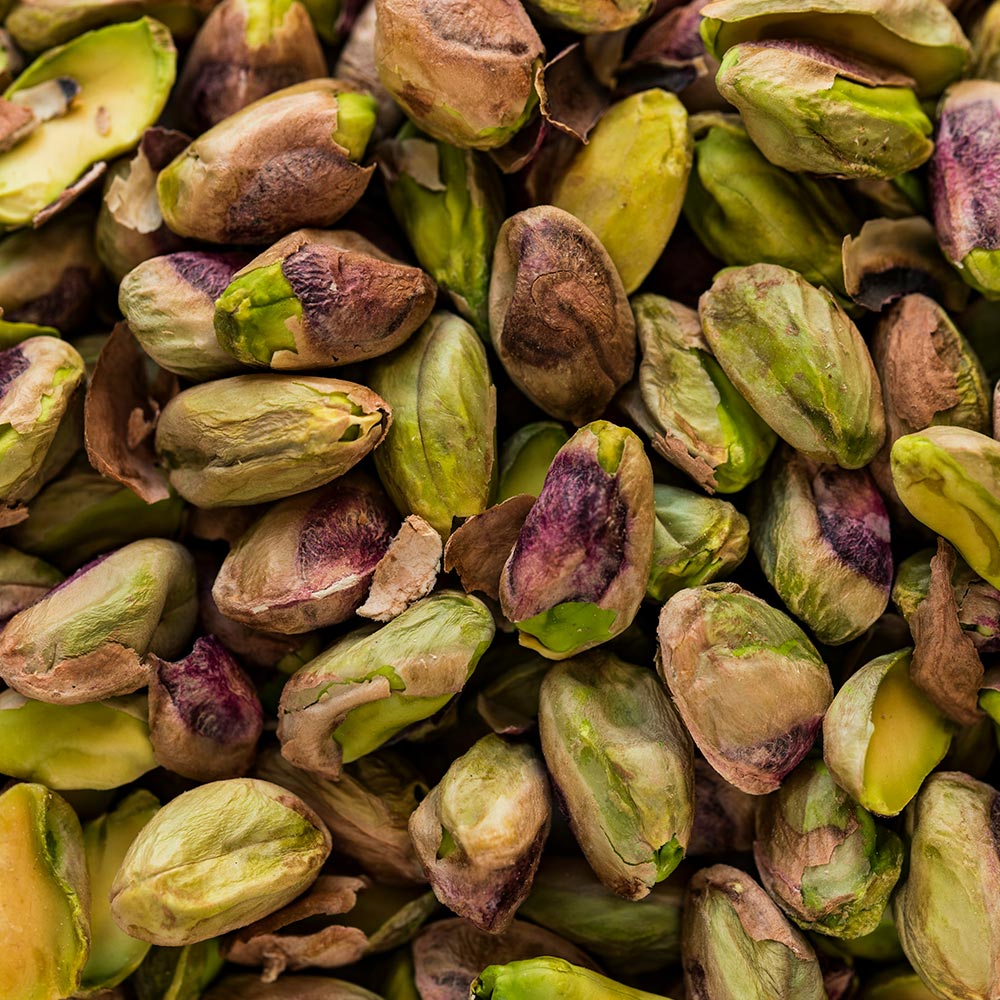
9. Pistachios, Almonds, and Walnuts
Nuts play a prominent role in Persian cooking, often used to add texture and richness to stews, rice dishes, and desserts. Whether crushed and sprinkled or blended into sauces, they’re indispensable in recipes like baklava and fesenjan.
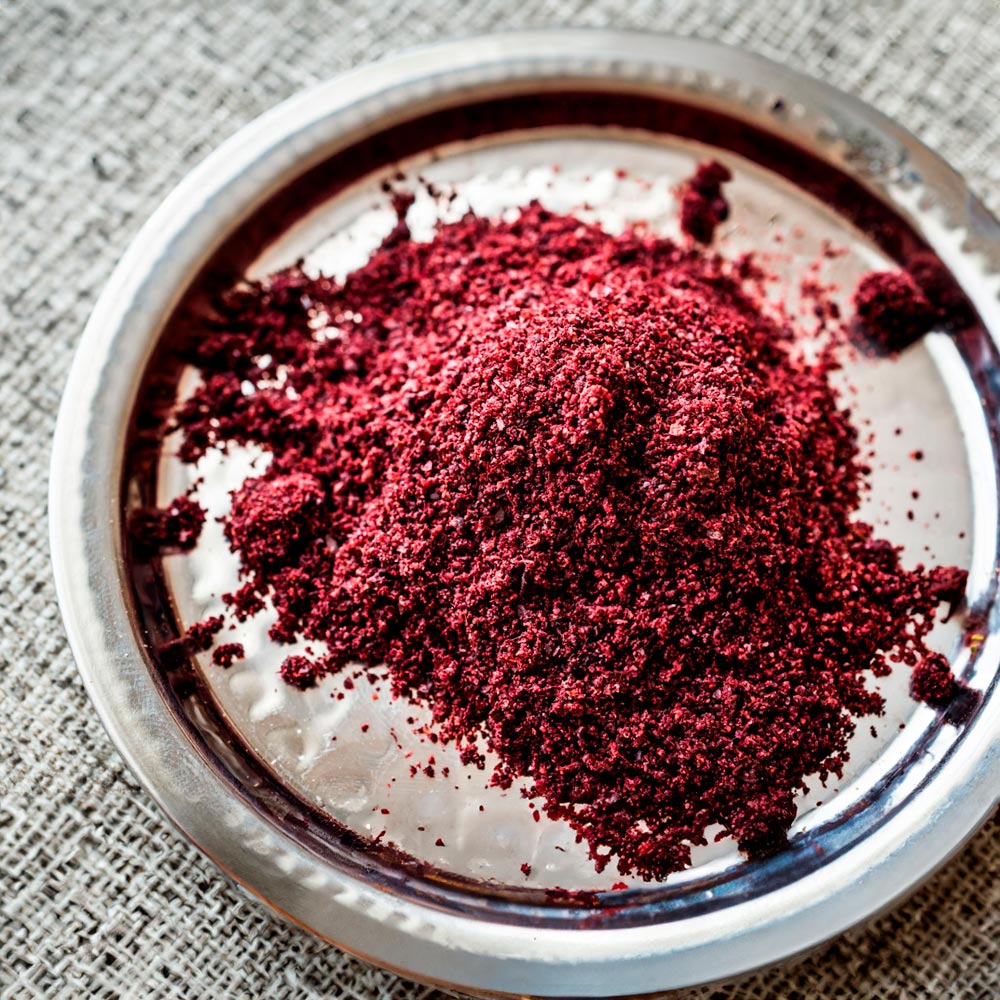
10. Sumac
This tangy, crimson spice is often sprinkled over kebabs, rice, and salads to add a bright, citrusy kick. It’s a simple but essential finishing touch that enhances the flavor of grilled meats and vegetables.
Why These Ingredients Matter
Persian cuisine is all about harmony - balancing sweet and sour, fresh and earthy, vibrant and subtle. Each ingredient plays a role in this balance, whether it’s the bold color of saffron, the tang of dried limes, or the freshness of herbs. Mastering these staples unlocks the magic of Persian cooking and connects you to a culinary tradition that spans centuries.
If you’re new to Persian cooking, start by stocking your pantry with these essentials. From there, you’ll be ready to create a variety of dishes that reflect the warmth, hospitality, and flavors of Persian cuisine.

